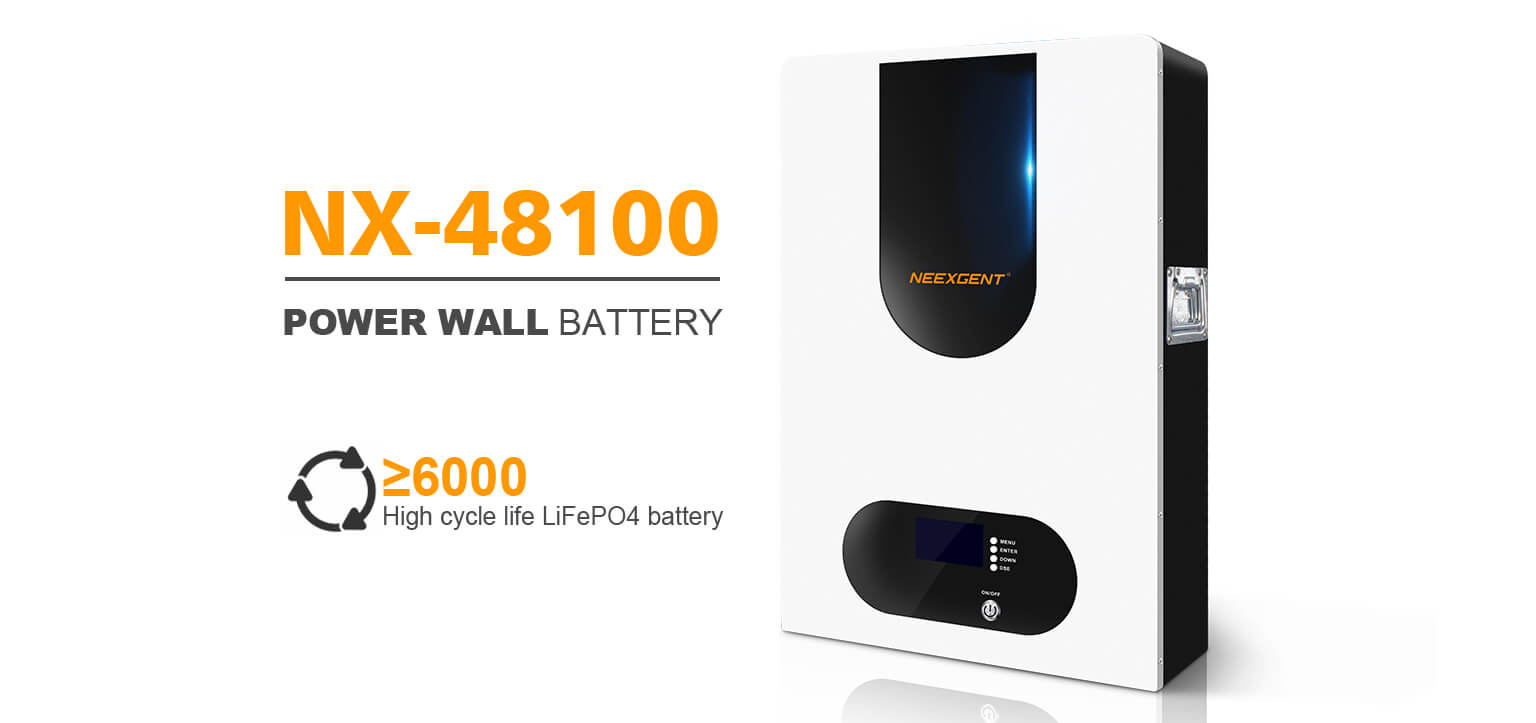The Powerwall battery is a revolutionary energy storage system that allows homeowners to store excess energy generated by their solar panels or wind turbines. It provides a sustainable and eco-friendly way to power homes and reduce reliance on the traditional power grid. However, one question that frequently arises is whether cold weather affects the performance of the Powerwall battery. In this essay, we will explore the impact of cold weather on the Powerwall battery and the measures that can be taken to ensure optimal performance.

NX-48100 Power wall battery
What is a Powerwall Battery?
The Powerwall battery is a rechargeable lithium-ion battery developed that stores excess energy generated by solar panels or wind turbines. It is designed to provide a reliable and efficient way to power homes and reduce reliance on the traditional power grid. The Powerwall battery can be installed indoors or outdoors and is designed to operate in a wide range of temperatures. It has a sleek and compact design, and its capacity can be easily expanded by adding more battery modules.

How Does Cold Weather Affect the Powerwall Battery?
Cold weather can affect the performance of the Powerwall battery in several ways:
- Most significant impact is on the battery's capacity. Lithium-ion batteries are known to have reduced capacity in cold temperatures, which means that the amount of energy that the battery can store and supply decreases as the temperature drops. This can lead to a reduction in the amount of power that the Powerwall battery can provide to the home, especially during extended periods of cold weather.
- Cold weather on the Powerwall battery is on its efficiency. Lithium-ion batteries have higher internal resistance in cold temperatures, which means that they require more energy to operate. This leads to a decrease in the battery's overall efficiency and can result in a shorter lifespan for the battery. The reduced efficiency also means that the battery takes longer to charge and discharge, which can be a significant issue for homeowners who rely on the Powerwall battery for their energy needs.
- Cold weather on the Powerwall battery is on its charging capabilities. Cold temperatures can slow down the charging process, which means that the battery takes longer to recharge. This can be a significant issue for homeowners who rely on the Powerwall battery to store excess energy generated during the day for use at night. If the battery takes longer to charge, it may not be able to store as much energy as required, which can lead to a shortage of power during the night.

How to Optimize the Performance of the Powerwall Battery in Cold Weather?
There are several measures that homeowners can take to optimize the performance of the Powerwall battery in cold weather:
- Most effective measure is to keep the battery at a constant temperature. This can be achieved by installing the battery in a temperature-controlled environment, such as a garage or basement. If the battery is installed outdoors, it should be enclosed in a weather-resistant casing to protect it from the elements.
- Ensure that the battery is fully charged before the onset of cold weather. This ensures that the battery has maximum capacity and can provide the required amount of energy during the colder months. Homeowners can also consider installing additional battery modules to increase the capacity of the Powerwall battery and provide a backup power source in case of an outage.
- Ensure that the battery is used optimally. Homeowners should avoid using large appliances or devices during periods of low power availability, such as during peak energy usage times. They should also avoid using the battery to power devices or appliances that require high levels of energy, as this can deplete the battery's capacity quickly.








